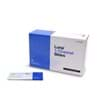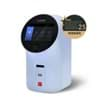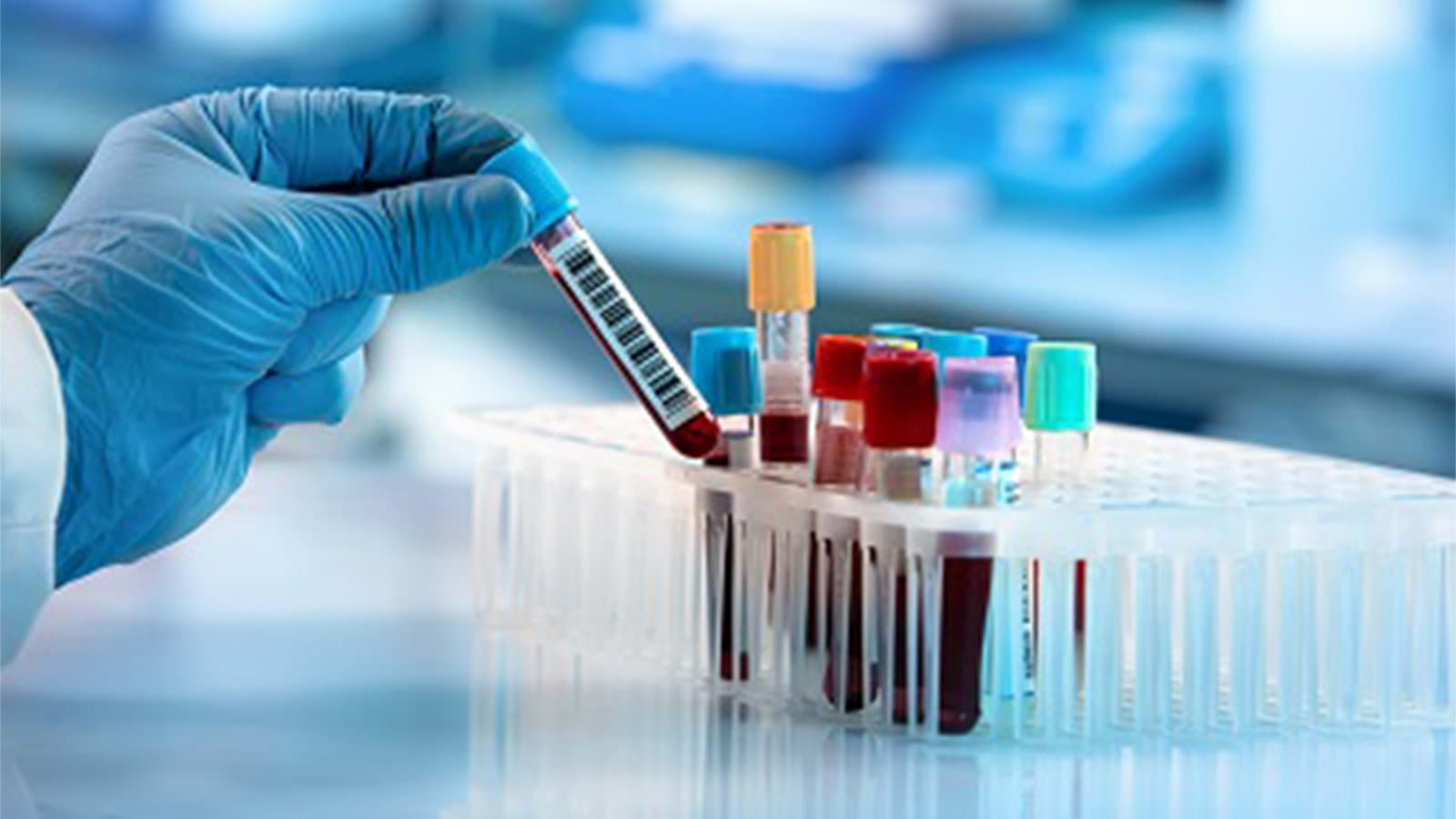
How to overcome cell counting stain toxicity?
Erythrosine B: the safe trypan blue alternative for cell counting
Although trypan blue is the most commonly used dye for cell counting, it is more harmful than you think. Time to take some action for the sake of your health?
Learn more about
In summary
- When is trypan blue used?
- Why is it harmful? Let’s go back 50 years.
- Which feature do you need for alternative safe stains?
- You can use a safe stain.
Trypan blue stain
When is trypan blue used?
When you say ‘cell counting,’ you think ‘trypan blue.’ It is the most commonly used dye in research labs to assess cell viability. it is an impermeable dye that cannot pass the intact cell membrane of living cells, in contrast to dead cells’ membranes that it can penetrate. It has been widely used in manual cell counting for decades and included in automatic cell counting in the past years.Whereas manual cell counting is still one of the most used cell viability assessment methods, automatic cell counting turns out to save you time and provides you with more consistent results. Bright-field optics, the most common optics used in automated cell counters, requires a contrast dye to distinguish between live and dead cells.

Causes
Why is it harmful? Let’s go back 50 years
In 1968, the teratogenic effects of trypan blue were discovered in mice: that’s almost 50 years ago! And did you know that alternatives for trypan blue in manual cell counting exist for 20 years? Why do we still use this harmful dye for our cell maintenance, - expansion, and experimental setups?Stain alternative
Which feature do you need for alternative safe stains?
Automatic cell counters that include more advanced optics, like the LUNA III from Logos Biosystems, have been introduced. Due to this feature, also other and safer dyes are feasible for automatic cell counting.In a comparison study, the safer option erythrosine B shows similar results to trypan blue. Moreover, erythrosine B is an FDA-approved food coloring product.
Whereas manual cell counting is still one of the most used cell viability assessment methods, automatic cell counting turns out to save you time and provides you with more consistent results. Since trypan blue is used with bright-field optics, the most common optics used in automated cell counters, automatic cell counting is optimized for this harmful dye.
More recently, automatic cell counters that include more advanced optics, like the LUNA III from Logos Biosystems, have been introduced. Due to this feature, also other and safer dyes are feasible for automatic cell counting. These alternatives are discussed in the following study of Trypan Blue alternatives.
In a comparison study with the LUNA automated cell counter, the safer option erythrosine B shows similar results compared to trypan blue. As erythrosine B is known as a food coloring product, it is approved by the FDA, thus stated safe.
Our solutions
You can use a safe stain
We know cell counting is necessary. But please don’t risk your health any longer and get rid of trypan blue: you don’t need it! You can switch to a safer stain today without terminating cell counting activities. While you’re already investigating your best cell counting options, consider combining a safer dye like erythrosine B with the new LUNA III to save hands-on time in addition.
Also for manual cell counting, erythrosine B is preferable over trypan blue. So why keep using trypan blue and risk your health?
Erythrosin B Stain for use with Luna Automated Cell Counter, 2 x 1ml
LUNA 1-Channel Slides, 500 Slides
LUNA-FX7 Automated Cell Counter
Luna-III Automated Cell Counter
Our news

Multi Tissue Center ETB-BISLIFE ready for further expansi...
We are pleased to share this article, which was published in the September issue of LabVision. This article was written in conjunction with our collaboration...
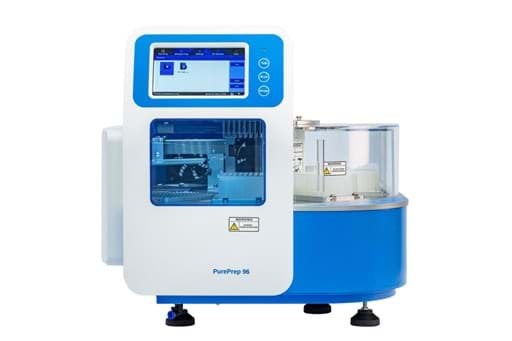
Innuscreen introduces PurePrep benchtop systems for autom...
Discover the PurePrep family for quick and effective DNA/RNA extraction.
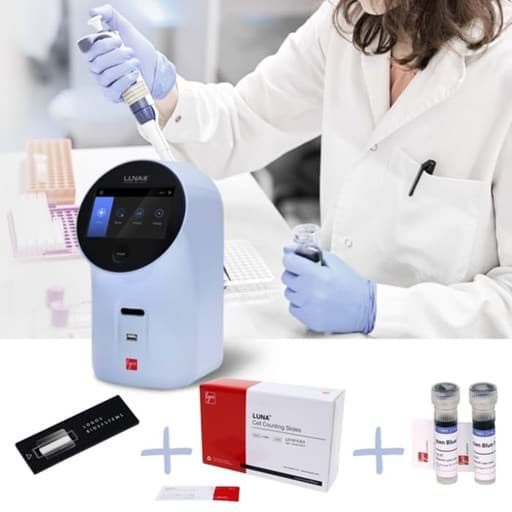
Logos Biosystems launches sustainable cell counting package
This article discover eco-friendly solutions for cell counting




